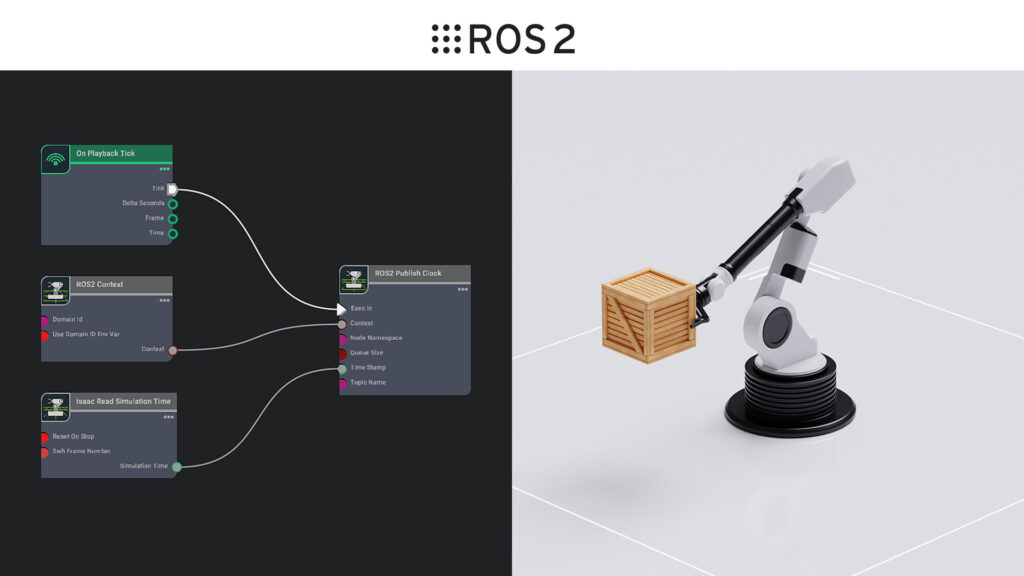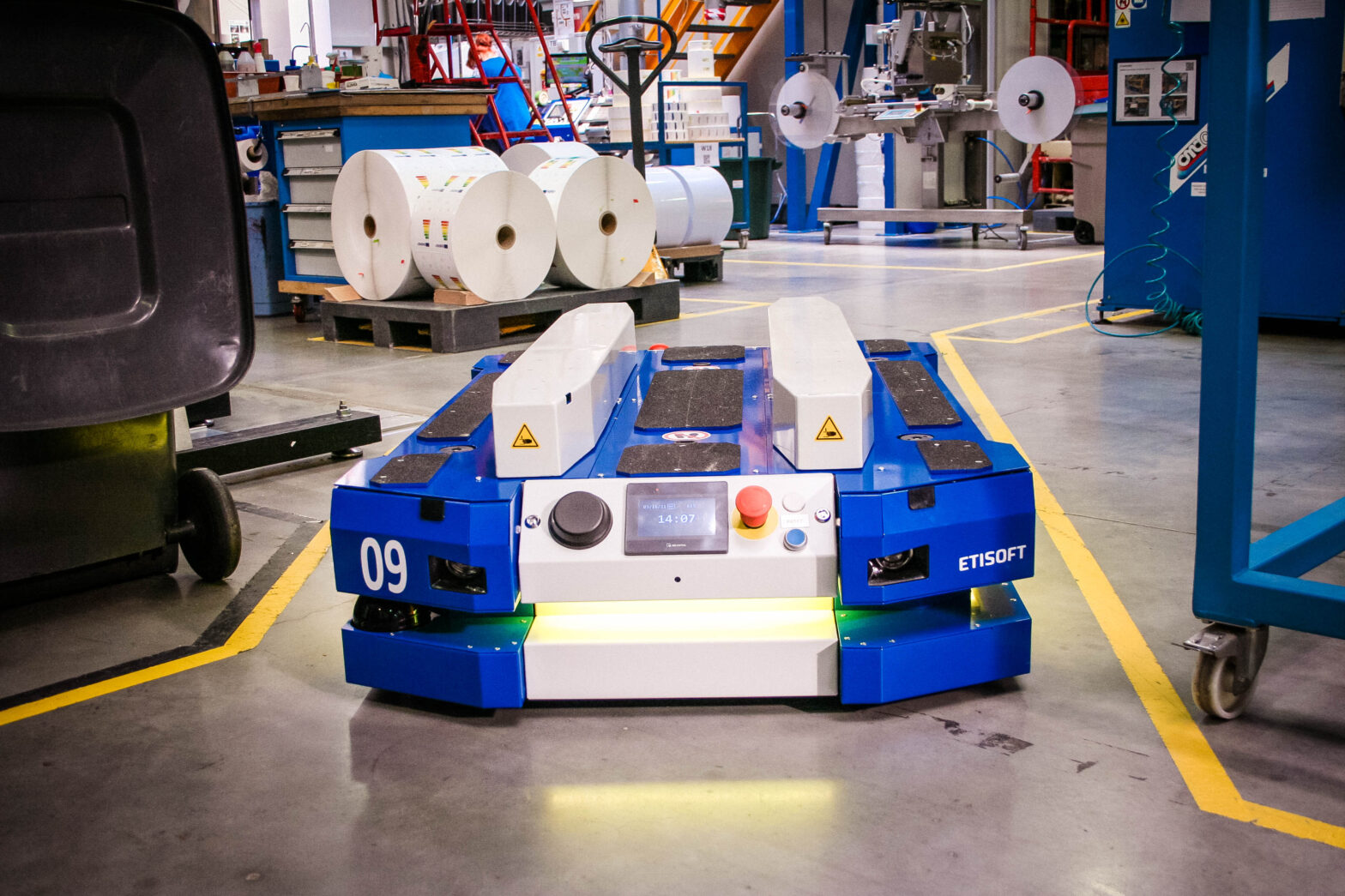How to use a robot simulator for testing and development?
Robots have become an integral part of many industries, from manufacturing to healthcare. As the demand for robots continues to grow, so does the need for testing and development tools that can help in creating, testing, and refining these robotic systems. One such tool that has gained popularity among developers and engineers is the robot simulator.
What is a robot simulator?
A robot simulator is a software tool that allows developers to create virtual replicas of real-world robots and test their performance in simulated environments. These simulators provide a safe and cost-effective way to experiment with different robotic designs, algorithms, and control strategies without the need for physical robots.
Using a robot simulator, developers can simulate various scenarios, such as navigating through obstacles, interacting with objects, and performing specific tasks. This allows them to evaluate the robot’s behavior, optimize its performance, and identify potential issues before deploying the robot in the real world.
How to use a robot simulator for testing and development?
Here are some steps to effectively use a robot simulator for testing and development purposes:
- Choose the right simulator: There are several robot simulators available in the market, each with its own set of features and capabilities. It is essential to choose a simulator that suits your specific needs and requirements. Some popular robot simulators include Gazebo, Webots, and V-REP.
- Set up the simulation environment: Once you have selected a simulator, the next step is to set up the simulation environment. This involves defining the robot’s physical properties, such as its size, shape, and sensors, as well as the simulated environment, including obstacles, terrain, and objects.
- Develop and test the robot’s code: With the simulation environment in place, you can now start developing and testing the robot’s code. This involves writing algorithms for the robot’s movement, perception, and decision-making processes, and running simulations to validate the code’s functionality.
- Collect and analyze data: During the simulation, it is essential to collect data on the robot’s performance, such as its speed, accuracy, and energy consumption. This data can help in identifying areas for improvement and optimizing the robot’s behavior.
- Iterate and refine the design: Based on the data analysis, iterate on the robot’s design, code, and simulation environment to improve its performance and reliability. This iterative process allows developers to refine the robot’s behavior and ensure its effectiveness in real-world applications.
By following these steps, developers can effectively use a robot simulator for testing and development purposes, enabling them to create robust and efficient robotic systems for various applications.
Benefits of using a robot simulator
There are several benefits to using a robot simulator for testing and development purposes:
- Cost-effective: Robot simulators eliminate the need for physical robots, reducing costs associated with hardware, maintenance, and experimentation.
- Safe experimentation: Simulators provide a safe environment for testing and refining robotic systems, without the risk of damaging equipment or causing harm to users.
- Rapid prototyping: With a simulator, developers can quickly prototype and test different robotic designs and algorithms, speeding up the development process.
- Scalability: Simulators allow developers to scale their experiments and test scenarios, enabling them to evaluate the robot’s performance in various environments and conditions.
- Real-time feedback: During simulation, developers can receive real-time feedback on the robot’s performance, enabling them to make immediate adjustments and improvements to the design and code.
Conclusion
Robot simulators are powerful tools for testing and developing robotic systems, offering developers a safe, cost-effective, and efficient way to create and optimize robots for various applications. By following the steps outlined in this guide and leveraging the benefits of using a robot simulator, developers can accelerate the development process and ensure the success of their robotic projects.
How to use a robot simulator for testing and development?
Robots have become an integral part of many industries, from manufacturing to healthcare. As the demand for robots continues to grow, so does the need for testing and development tools that can help in creating, testing, and refining these robotic systems. One such tool that has gained popularity among developers and engineers is the robot simulator.
What is a robot simulator?
A robot simulator is a software tool that allows developers to create virtual replicas of real-world robots and test their performance in simulated environments. These simulators provide a safe and cost-effective way to experiment with different robotic designs, algorithms, and control strategies without the need for physical robots.
Using a robot simulator, developers can simulate various scenarios, such as navigating through obstacles, interacting with objects, and performing specific tasks. This allows them to evaluate the robot’s behavior, optimize its performance, and identify potential issues before deploying the robot in the real world.
How to use a robot simulator for testing and development?
Here are some steps to effectively use a robot simulator for testing and development purposes:
- Choose the right simulator: There are several robot simulators available in the market, each with its own set of features and capabilities. It is essential to choose a simulator that suits your specific needs and requirements. Some popular robot simulators include Gazebo, Webots, and V-REP.
- Set up the simulation environment: Once you have selected a simulator, the next step is to set up the simulation environment. This involves defining the robot’s physical properties, such as its size, shape, and sensors, as well as the simulated environment, including obstacles, terrain, and objects.
- Develop and test the robot’s code: With the simulation environment in place, you can now start developing and testing the robot’s code. This involves writing algorithms for the robot’s movement, perception, and decision-making processes, and running simulations to validate the code’s functionality.
- Collect and analyze data: During the simulation, it is essential to collect data on the robot’s performance, such as its speed, accuracy, and energy consumption. This data can help in identifying areas for improvement and optimizing the robot’s behavior.
- Iterate and refine the design: Based on the data analysis, iterate on the robot’s design, code, and simulation environment to improve its performance and reliability. This iterative process allows developers to refine the robot’s behavior and ensure its effectiveness in real-world applications.
By following these steps, developers can effectively use a robot simulator for testing and development purposes, enabling them to create robust and efficient robotic systems for various applications.
Benefits of using a robot simulator
There are several benefits to using a robot simulator for testing and development purposes:
- Cost-effective: Robot simulators eliminate the need for physical robots, reducing costs associated with hardware, maintenance, and experimentation.
- Safe experimentation: Simulators provide a safe environment for testing and refining robotic systems, without the risk of damaging equipment or causing harm to users.
- Rapid prototyping: With a simulator, developers can quickly prototype and test different robotic designs and algorithms, speeding up the development process.
- Scalability: Simulators allow developers to scale their experiments and test scenarios, enabling them to evaluate the robot’s performance in various environments and conditions.
- Real-time feedback: During simulation, developers can receive real-time feedback on the robot’s performance, enabling them to make immediate adjustments and improvements to the design and code.
Conclusion
Robot simulators are powerful tools for testing and developing robotic systems, offering developers a safe, cost-effective, and efficient way to create and optimize robots for various applications. By following the steps outlined in this guide and leveraging the benefits of using a robot simulator, developers can accelerate the development process and ensure the success of their robotic projects.



